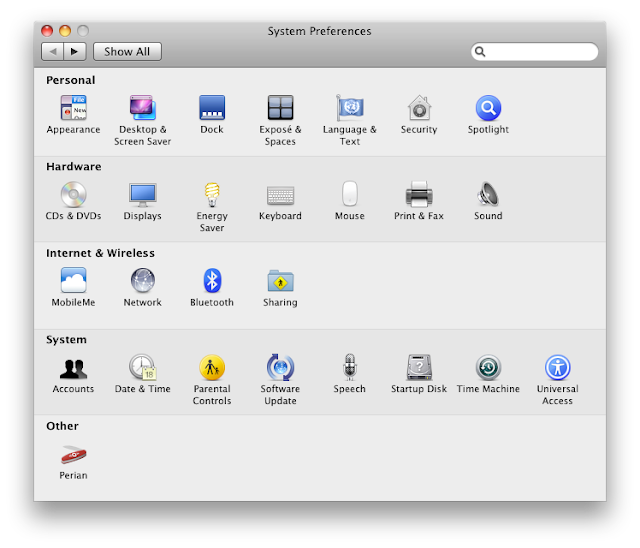
On my MacBook (although this would work on any Apple machine running macOS, such as a Mac Mini), the Microsoft Remote Desktop application is a fantastic program for remoting to another computer. It’s very convenient for me to be able to remote into another computer from whichever computer I happen to be on. The solution works quite well for me and it resolves a perennial problem of how to use the Cmd button while on a Windows PC without having to rely on external apps or plugins.I use many computers in my daily life, including Windows, Apple Mac’s, and Linux computers running a variety of distros. on your local PC to trigger the corresponding Cmd-C, Cmd-V etc. Click to close the dialog window.Īt this point you should be able to use Ctrl-C, Ctrl-V etc. the configuration should now look like in the image below.if needed, click to enter more key mappings.enter "ControlLeft" in the "from" field.From the table above we see that the code for the (left) Ctrl key is "ControlLeft", while the code for the Cmd key is "MetaLeft", so from the "Configure Key Mappings" dialog: If you go through the standard you'll find the useful "List of code values for functional keys in the Alphanumeric section" table, which I also replicate below.Ĭoncretely, let's say you want to map your local (Windows) Ctrl key to the remote (Mac) Cmd key.

An important thing to note is that the keycodes supported by Chrome Remote Desktop are not the usual "ASCII" codes to which every developer is used to (I did this error myself the first time) rather, the codes should be taken from the " UI Events KeyboardEvent code Values" W3C standard.


The option is available in the sidebar as shown below.Ĭlicking the link opens the "Configure Key Mapping" dialog, from which you can create your own mapping. My solution to this problem is to leverage the handy "Configure Key Mapping" command provided by the latest version of Chrome Remote Desktop (v.


 0 kommentar(er)
0 kommentar(er)
